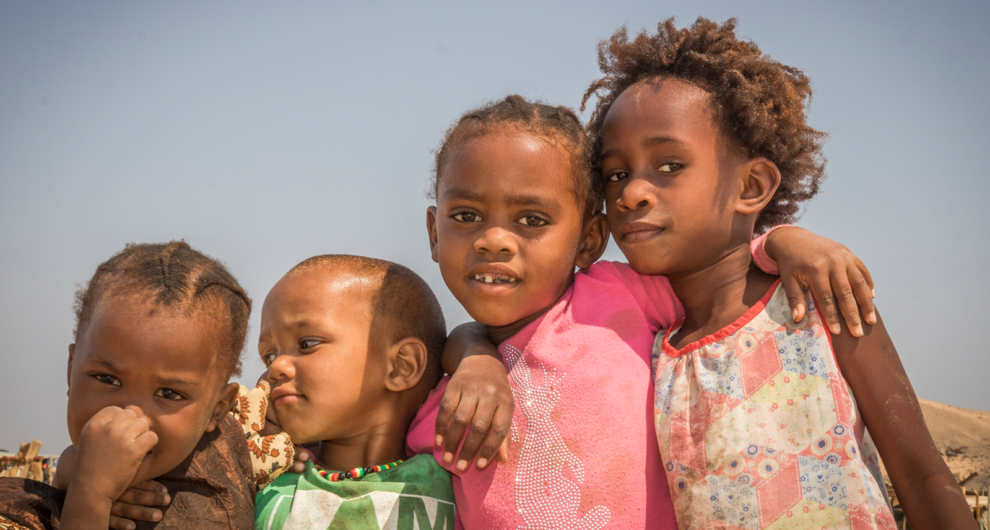Namibia



In 2017, AFIDEP in partnership with the Development Policy Research Unit (DPRU) of the University of Cape Town and UNFPA, concluded studies in Botswana, Namibia, the Kingdom of eSwatini (formerly Swaziland), and Zimbabwe, on their prospects for harnessing the demographic dividend.
The results of the study revealed that the population age structure in the four countries is generally more favourable to earn the dividend than in the rest of sub-Saharan Africa. Compared to an estimated average of 54 percent of people in the theoretical working ages 15 to 64 years in sub-Saharan Africa, the proportion is 60 percent in Namibia. The window of opportunity to harness the demographic dividend is expected to close in 2060 in Namibia.
Globally, young people begin to be independent by earning more labour income than what they consume at age 26. The age of economic independence is 28 years in Namibia. The country has unemployment rates of 40% for young people aged 15-24.
The studies give the following policy options for the Southern African countries to maximise the dividend:
- Facilitate further demographic transition by ensuring universal access to voluntary family planning, with particular focus on reducing the high levels of teenage pregnancies and early marriages.
- Reinforce investments in nutrition and health to improve child survival and ensure a healthy labour force.
- Prioritise economic reforms and investments to accelerate the creation of jobs and other well-paying livelihoods for youth.
- Improve quality and relevance of education to produce a competitively skilled workforce.
- Strengthen public institutions to facilitate effective and accountable service delivery and use of public resources.
Research Report:
Towards Maximising the Demographic Dividend in Namibia
Research Brief:
Namibia is among 14 African countries that AFIDEP has supported to develop awareness and policy options for harnessing the Demographic Dividend
Key Details
Population Indicators
Economic development
Health and well-being
Education and skills development
Environment and Climate
Sources:
|
Warning: count(): Parameter must be an array or an object that implements Countable in /var/www/vhosts/afidep.org/httpdocs/wp-content/themes/afidep2019/taxonomy-country.php on line 87
Related Items
Warning: Invalid argument supplied for foreach() in /var/www/vhosts/afidep.org/httpdocs/wp-content/themes/afidep2019/sidebar-relateditems-programme.php on line 132
Related Events
Aug 2022
Aug 2021
Oct 2020
Sep 2020
Apr 2020
Nov 2019
Jul 2019
Dec 2016
Nov 2016
Oct 2016

